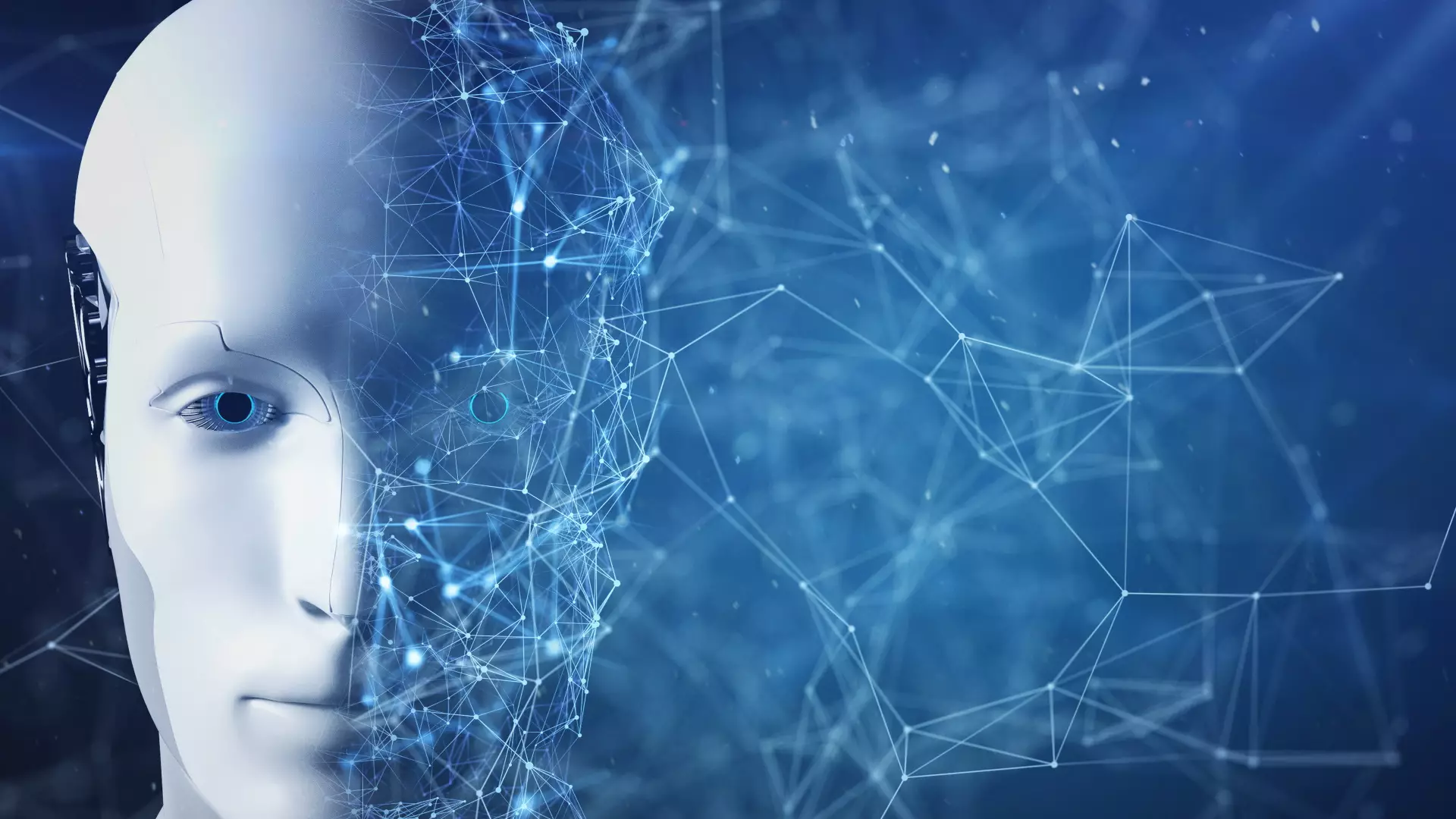In an era where technology permeates our daily lives, one critical lesson continues to emerge: technology is fundamentally a tool. Its application can yield results that are ethical, unethical, or a peculiar mélange of both. This duality is particularly relevant when discussing Artificial Intelligence (AI), which often functions as a standalone entity in public dialogue, rather than just another technology to be wielded. The unfolding narrative concerning AI in educational settings reveals a promising dimension of this technology, specifically its potential to reshape our learning environments.
There’s no denying that we stand at the edge of a revolution in education, driven by the capabilities of AI. Nations, especially in Asia, are venturing into uncharted territory with AI-enhanced teaching methods, and China is poised to be a pioneer in this developmental journey. With plans to integrate AI into educational frameworks across all grade levels, China aims to leverage technology as a cornerstone for nurturing innovation, thereby aiming to ascend to the status of a “strong-education nation” by 2035. The implications of this strategy demand careful examination.
The Role of AI in Educational Advancement
China’s commitment to enhancing its educational system is not merely about resource allocation; it represents a comprehensive strategy to cultivate essential skills among both teachers and students. This initiative recognizes the need for a dynamic approach to education that transcends traditional rote learning. Through AI, the focus shifts towards developing competencies ranging from foundational social skills like communication and cooperation to higher-order capabilities such as critical thinking and problem-solving.
While some may find the idea of AI in classrooms unsettling, framing it strictly as a tool reshapes our perspective. The benefits of individualized learning propelled by AI’s analytical prowess are significant. Imagine an education system that adjusts to a student’s unique learning style, effectively personalizing their academic journey based on vast amounts of data. This fluid approach could lead to profoundly enhanced engagement and understanding among students, fostering a culture of curiosity and innovation.
The American Response and the Need for Customization
Interestingly, the approach to AI in education is not confined to China. In the United States, discussions are underway regarding the implementation of AI in school systems, albeit under the somewhat clumsy moniker “A one.” However, the effective integration of AI in American classrooms hinges on the understanding that its benefits are tied to purposeful application. The narrative surrounding AI should not just be about adopting the technology; instead, educators must focus on tailoring AI tools to meet specific educational needs, always emphasizing transparency and accountability in their deployment.
Large language models are often criticized for their lack of accuracy, frequently producing confident yet erroneous outputs. This vulnerability poses a significant risk, especially in educational settings where reliance on inaccurate information can lead to widespread misconceptions. Therefore, it becomes crucial to develop bespoke AI solutions that cater to educators’ intricate needs. Creating educational AI that is constantly scrutinized and refined by those directly involved in teaching may offer the assurance necessary to integrate this powerful tool effectively.
The Global Perspective on Educational AI Implementation
Skepticism surrounding governmental capabilities to deliver reliable educational AI is valid. China’s ambitious plans may face real-world challenges, just as the American education system grapples with its historical reluctance to embrace transformative changes. Our shared global endeavor must focus on the responsible development and deployment of AI in education rather than relying solely on nations to spearhead these initiatives.
At its core, the discussion about AI in education transcends borders; it becomes a conversation for educators, technologists, policymakers, and the public alike. The possibility of creating an AI-enhanced learning environment, where students have unprecedented autonomy over their educational journeys, is tantalizing. Collective action and innovative thinking must guide the design and application of these technologies, ensuring they serve the best interests of learners everywhere.
Through meticulous planning and thoughtful implementation, AI could indeed become the linchpin of an evolved educational landscape, characterized by empowerment and opportunity, igniting a passion for lifelong learning that transcends conventional teaching methodologies.

